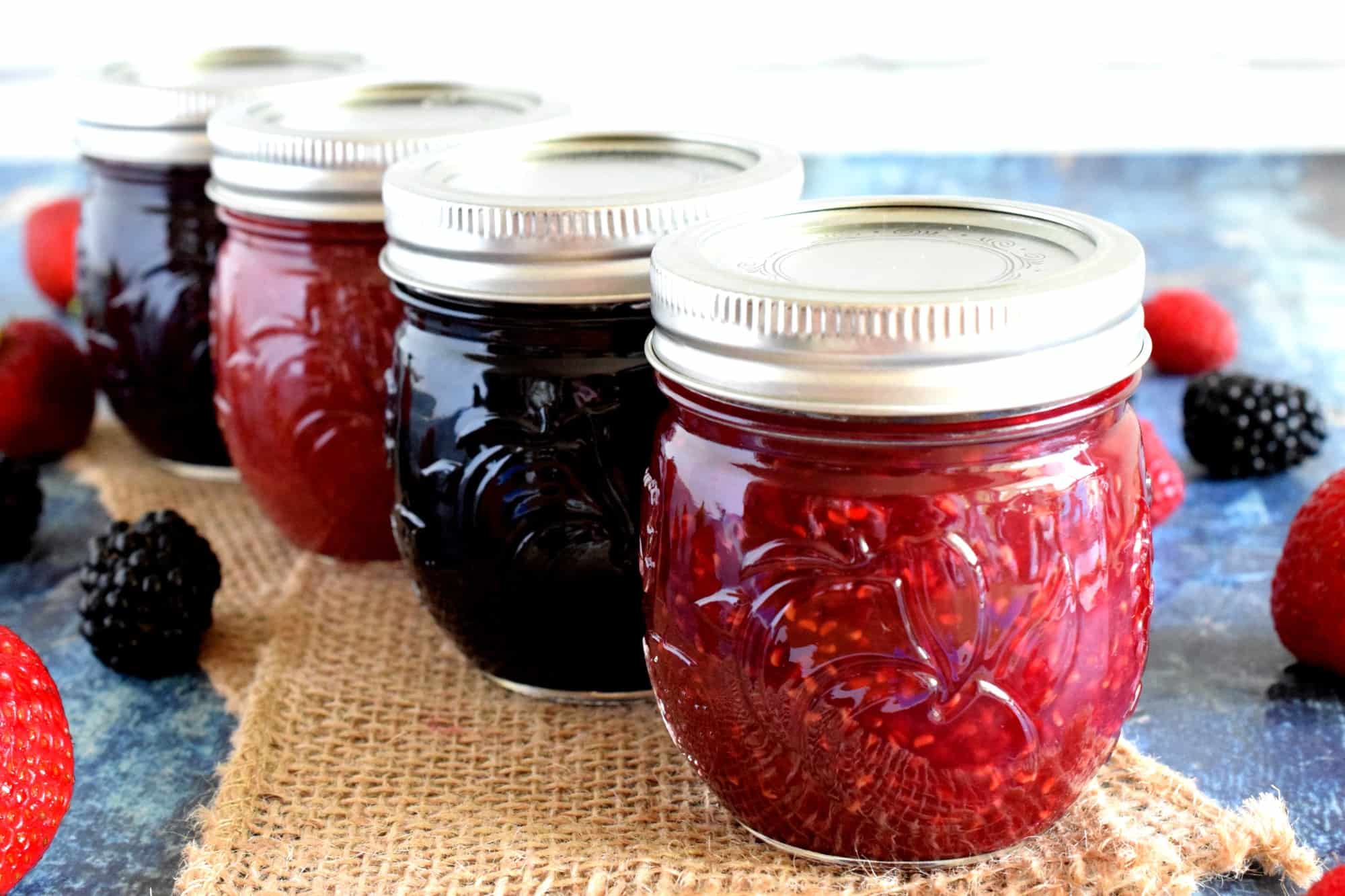

Articles
How To Store Homemade Jam
Modified: February 24, 2024
Learn the best methods for storing your homemade jam with these helpful articles. Extend the shelf life and savor the flavors for longer.
(Many of the links in this article redirect to a specific reviewed product. Your purchase of these products through affiliate links helps to generate commission for Storables.com, at no extra cost. Learn more)
Introduction
Homemade jam is a delicious and versatile spread that can be enjoyed on toast, in sandwiches, or as a topping for desserts. Whether you have just made a large batch of jam or want to store some leftover jam for future use, proper storage techniques are essential to maintain its freshness and flavor.
In this article, we will guide you on how to store homemade jam to ensure its longevity and quality. We will discuss the benefits of homemade jam, choosing the right containers, sterilizing jars and lids, preparing the jam, filling the jars, sealing them properly, and tips for extending the shelf life of your homemade jam.
So, if you’re ready to learn the secrets of keeping your homemade jam delicious and fresh, let’s dive in!
Key Takeaways:
- Enjoy the benefits of homemade jam by controlling ingredients, customizing flavors, and reducing sugar content. Proper storage and sealing techniques ensure long-lasting freshness and quality.
- Choose the right containers, sterilize jars and lids, and follow proper filling and sealing methods to store homemade jam effectively. Extend shelf life with smart storage and handling practices.
Read more: How To Store Homemade Jam Without Canning
Benefits of Homemade Jam
Homemade jam offers numerous benefits compared to store-bought varieties. Not only does it allow you to control the ingredients and flavors, but it also provides a sense of satisfaction and accomplishment. Here are some of the key benefits of making your own jam:
- No artificial ingredients: Homemade jam gives you the freedom to use fresh, high-quality ingredients without any artificial additives, preservatives, or colorings. You have full control over the quality and purity of the jam.
- Customizable flavors: Making your own jam allows you to experiment with different fruits, flavors, and combinations. Whether it’s classic strawberry, tangy raspberry, or unique mixtures like blueberry and lavender, the possibilities are endless.
- Reduced sugar content: Unlike commercially produced jams that are often loaded with excessive amounts of sugar, homemade jam gives you the flexibility to adjust the sweetness to your taste. You can use natural sweeteners or reduce the sugar content altogether, making it a healthier option.
- Freshness and quality: By making your own jam, you can ensure that it is made from fresh, ripe fruit at the peak of its flavor. This translates into a jam that is bursting with natural flavors and retains its vibrant colors.
- Cost-effective: Although the initial investment in ingredients and equipment is required, homemade jam can be a cost-effective option in the long run. You can make large batches of jam when fruits are in season and enjoy the flavors throughout the year, saving money compared to buying expensive gourmet jams.
- Environmentally friendly: By making your own jam, you can reduce packaging waste associated with store-bought jams. Using reusable jars and lids not only minimizes environmental impact but also adds a personal touch to your pantry.
With these benefits in mind, it’s clear why homemade jam is a popular choice among food enthusiasts. The ability to experiment with flavors, control ingredients, and enjoy the fresh taste is unmatched by any store-bought alternative.
Choosing the Right Containers
Proper choice of containers is crucial when it comes to storing homemade jam. The right containers will help maintain the freshness, flavor, and quality of the jam. Here are some factors to consider when selecting containers:
- Glass Jars: Glass jars are an excellent choice for storing homemade jam. They are non-reactive, meaning they won’t interact with the acidity of the jam, keeping the flavors intact. Additionally, glass jars are easy to clean, reusable, and offer airtight sealing.
- Mason Jars: Mason jars are a popular option due to their sturdy construction and availability in various sizes. They have airtight lids that ensure a secure seal, keeping the jam fresh. Mason jars are also great for gift-giving or displaying your homemade jam with pride.
- Plastic Containers: While glass is the preferred choice, you can still use BPA-free plastic containers if necessary. Look for containers specifically designed for food storage and ensure they have tight-fitting lids to maintain the freshness of the jam.
- Size: Consider the size of the containers based on your jam-making habits and usage. Smaller jars are ideal if you plan to consume the jam within a short period, while larger jars work well for making batches or if you have a high jam consumption rate.
- Cleanliness: Regardless of the container material, ensure that it is clean and free from any residue or contaminants. Thoroughly wash the jars before using them to avoid any unwanted flavors or bacteria growth.
Remember, the right containers not only safeguard the quality of your homemade jam but also contribute to its presentation. So, choose containers that are practical, visually appealing, and suited to your storage needs.
Sterilizing Jars and Lids
Properly sterilizing your jars and lids is essential to ensure the long-term storage of homemade jam. Sterilization removes any potential bacteria or contaminants that could spoil the jam or pose a health risk. Follow these steps to sterilize your jars and lids:
- Wash the jars: Start by washing the jars, lids, and bands in hot soapy water. Use a bottle brush to scrub the jars thoroughly, paying attention to the rims and inner surfaces. Rinse them well to remove any soap residue.
- Boiling water bath: Place the jars upright in a large pot. Fill the pot with enough water to cover the jars completely. Bring the water to a boil and let the jars boil for 10 minutes to sterilize them. If the lids are metal, place them in a separate small saucepan and simmer for a few minutes.
- Drying: Carefully remove the jars from the boiling water bath using jar lifters or tongs. Place them on a clean towel or a drying rack upside down to allow any excess water to drain. You can also place them in a preheated oven at a low temperature to dry completely.
- Hot filling: It is important to fill the jars with the jam while they are still hot. This helps prevent any temperature shock that could cause the jars to break or compromise the seal. Avoid touching the inside of the jars to maintain their cleanliness.
- Preventing contamination: Once the jars are sterilized and dried, minimize the contact with the inside of the jars and lids. Avoid placing them on unclean surfaces and handle them with clean, dry hands or utensils.
Remember to always follow proper hygiene practices during the sterilization process to avoid any cross-contamination. Cleanliness is crucial to ensure the longevity and safety of your homemade jam.
Preparing the Jam
Before you can store your homemade jam, it’s important to prepare it properly. This involves following a few key steps to ensure that the jam is cooked to the right consistency and free from any impurities. Here’s how to prepare your jam:
- Select the best quality fruit: Start by choosing ripe, high-quality fruit. The fruit should be at its peak ripeness for the best flavor and texture in your jam. Remove any bruised or damaged portions and wash the fruit thoroughly.
- Prepare the fruit: Depending on the type of fruit, you may need to hull, pit, or peel it. Cut the fruit into small, evenly sized pieces to ensure even cooking. For berries, gently crush or mash them to release their juices and help thicken the jam.
- Add the sweetener: Measure the required amount of sugar or alternative sweetener and mix it with the prepared fruit. The sugar not only adds sweetness but also helps preserve the jam. You can also add lemon juice for acidity, which aids in the setting process.
- Cook the fruit mixture: Transfer the fruit and sugar mixture to a large, non-reactive saucepan or pot. Heat the mixture over medium heat, stirring frequently to dissolve the sugar. Bring the mixture to a gentle boil and let it simmer until it thickens to your desired consistency. Skim off any foam that forms on the surface as the jam cooks.
- Perform the “wrinkle test”: To check the readiness of your jam, place a small amount on a chilled plate and let it cool for a few seconds. Push the jam with your finger – if it wrinkles and holds its shape, it has reached the desired consistency. If not, continue cooking and retest until the desired consistency is achieved.
- Remove from heat and skim: Once the jam is cooked to your liking, remove it from the heat and skim off any remaining foam on the surface. This will help improve the appearance and texture of the jam.
Following these steps will ensure that your homemade jam is prepared correctly, with the ideal consistency and flavors. Once prepared, it’s time to transfer the jam to the sterilized jars for proper storage.
Store homemade jam in clean, airtight glass jars to prevent spoilage. Keep in a cool, dark place, such as a pantry, to maintain its quality and flavor. Refrigerate after opening.
Read more: How To Store Jam
Filling the Jars
After preparing your homemade jam, the next step is to fill the sterilized jars. Proper filling ensures that the jars are packed correctly and that the jam remains fresh and free from contaminants. Here’s how to fill your jars with delicious homemade jam:
- Prepare the workspace: Set up a clean and dry area for filling the jars. Place the jars on a clean towel or a heat-resistant surface to protect the countertop and prevent any slippage.
- Use a funnel: To make the filling process easier and avoid spills, use a wide-mouthed funnel that fits securely into the opening of your jars. This will help direct the jam smoothly into the jars without any mess.
- Good jar headspace: Leave a proper headspace at the top of each jar. It’s recommended to leave about 1/4 inch (0.6 cm) for low-acid jams and 1/2 inch (1.3 cm) for high-acid jams. This headspace allows for expansion and creates a vacuum seal for long-term storage.
- Avoid air pockets: Use a spoon or a spatula to gently release any trapped air bubbles in the filled jars. Slide the utensil along the inner sides of the jar to remove air pockets and ensure even distribution of the jam.
- Wipe the rims: Before sealing, wipe the rims of the jars with a clean, damp cloth or paper towel. This ensures a clean seal and prevents any jam residue from interfering with the lid’s proper closure.
- Seal the jars immediately: As soon as the jars are filled and wiped, place the lids on each jar. Ensure they are properly positioned and tightened to create a secure seal. This step should be done while the jam and jars are still hot for the best results.
Remember to work efficiently and promptly while filling the jars to minimize exposure to air or potential contaminants. Once the jars are filled and sealed, you’re almost ready to store your homemade jam. The final step is to ensure a proper seal on the jars.
Sealing the Jars
Proper sealing is crucial to ensure the long-term storage and freshness of your homemade jam. It creates an airtight environment that prevents spoilage and maintains the flavor and quality of the jam. Here’s how to seal your jars effectively:
- Check for proper seal: After placing the lids on the jars, make sure they are centered and secure. Gently press down on the center of each lid to check for resistance. A properly sealed lid should not move or make a popping noise.
- Apply heat for a vacuum seal: To create a vacuum seal, you have two main options – water bath canning or the inversion method.
- Water bath canning: If you’re planning to store your jam for an extended period or following USDA guidelines, use a water bath canner. Place the filled jars in a canning rack, lower them into a pot of boiling water, and process them according to the recommended time based on your recipe and altitude.
- Inversion method: The inversion method is suitable for short-term storage or if your jam has a high sugar content. Once the lids are securely tightened, turn the jars upside down on a clean towel. Let them sit undisturbed for about 5 minutes to create a vacuum seal.
- Double-check the seal: Once the jars have been processed or inverted, carefully turn them right-side up. Allow them to cool completely on a heat-resistant surface without disturbing the lids. As they cool, you may hear a satisfying popping sound, indicating a successful seal.
- Test the seal: It’s important to check whether the jars have properly sealed before storing them. Press down on the center of each lid – if it is firm and doesn’t pop back, the seal is secure. If any jar did not seal correctly, refrigerate it and consume it within a few weeks.
- Label and date the jars: To keep track of the storage time and flavors of your homemade jam, it’s a good practice to label each jar with the date of production and the type of jam. This will help you rotate your stock and enjoy the freshest jam first.
Properly sealed jars are essential for maintaining the quality and safety of your homemade jam. Whether you choose water bath canning or the inversion method, ensure that the seals are tight and reliable. Once the sealing process is complete, it’s time to store your jars of delicious homemade jam.
Storing Homemade Jam
Now that your homemade jam is properly sealed and ready for storage, it’s important to store it in the right conditions to maintain its freshness and flavor. Follow these guidelines to store your homemade jam effectively:
- Cool the jars completely: Allow the jars to cool completely at room temperature before moving them to a storage area. This helps avoid any potential thermal shock and ensures a more stable environment for the jam.
- Choose a cool and dark location: Store your homemade jam in a cool and dark area of your pantry or cupboard. Excessive heat, direct sunlight, and fluctuating temperatures can negatively affect the quality of the jam and shorten its shelf life.
- Avoid moisture and humidity: Moisture is the enemy of preserves, so ensure that the storage area is free from excess humidity. Moisture can cause the growth of mold or degrade the quality of the jam over time.
- Organize your storage: Arrange your jars in a single layer, if possible, to prevent any unnecessary pressure or weight on the jars below. This minimizes the risk of breakage and maintains the integrity of the seal.
- Rotate your stock: To ensure the best taste and quality, use the principle of “first in, first out” when it comes to consuming your homemade jam. Arrange the jars based on the production or expiry date, and prioritize using the older ones before opening a new jar.
Following these storage guidelines will help preserve the homemade jam’s flavors and qualities for an extended period. While homemade jam can have a relatively long shelf life, it’s important to take some additional measures to further extend its longevity.
Tips for Extending Shelf Life
If you want to further extend the shelf life of your homemade jam, there are a few additional tips you can follow. These simple practices will help ensure that your jam stays fresh and delicious for as long as possible:
- Properly seal and store: As mentioned earlier, ensure that your jars are properly sealed and stored in a cool, dark, and dry place. Airtight containers and the right conditions will help maintain the quality of the jam for an extended period.
- Avoid cross-contamination: When using your homemade jam, always use clean utensils to avoid introducing any bacteria or contaminants. Avoid double-dipping or using dirty spoons that may contaminate the remaining jam in the jar.
- Refrigerate after opening: Once you have opened a jar of homemade jam, it’s best to store it in the refrigerator. Refrigeration helps slow down the growth of bacteria and the spoilage process, keeping the jam fresh for a longer time.
- Use clean, dry spoons: When taking out jam from the jar, use clean and dry spoons or utensils to prevent moisture from entering the jar. Moisture can lead to spoilage or mold growth, which can affect the jam’s quality.
- Keep away from direct heat: Ensure that your stored homemade jam is kept away from any sources of heat, such as stoves, ovens, or hot appliances. Excessive heat can cause the jam to spoil more quickly and affect its taste and texture.
- Regularly inspect the jars: It’s a good practice to periodically check the jars for any signs of spoilage or damage. Look for bulging lids, mold growth, or off-putting odors. If you notice any signs of spoilage, discard the jar immediately to prevent any health risks.
By following these tips, you can maximize the shelf life of your homemade jam and continue to enjoy its delicious flavors long after the initial preparation.
Read more: How To Store Bacon Jam
Conclusion
Homemade jam is a delightful and versatile treat that brings a burst of flavor to your meals and desserts. By following the right storage techniques, you can ensure that your homemade jam remains fresh and delicious for an extended period.
In this article, we explored the benefits of homemade jam, including the ability to customize flavors, control ingredients, and reduce the use of artificial additives. We discussed the importance of choosing the right containers, sterilizing jars and lids, preparing the jam with fresh ingredients, and filling and sealing the jars properly.
We also provided tips on storing homemade jam, including selecting optimal storage conditions, organizing your storage, and properly rotating your stock to enjoy the freshest jam first. Additionally, we discussed practices to further extend the shelf life of your homemade jam, such as avoiding cross-contamination, refrigerating opened jars, and using clean utensils.
Remember, the key to maintaining the quality of your homemade jam lies in proper sealing, storage, and hygiene. By following these guidelines, you can savor the flavors of your homemade jam for months to come.
So, whether you’re making jam as a hobby, preserving the abundance of seasonal fruits, or seeking a heartfelt homemade gift, these tips will help you store your homemade jam with confidence and enjoy its luscious taste whenever you please.
Start your jam-making adventure and experience a world of sweet and tangy possibilities, all neatly stored in jars of homemade goodness.
Frequently Asked Questions about How To Store Homemade Jam
Was this page helpful?
At Storables.com, we guarantee accurate and reliable information. Our content, validated by Expert Board Contributors, is crafted following stringent Editorial Policies. We're committed to providing you with well-researched, expert-backed insights for all your informational needs.

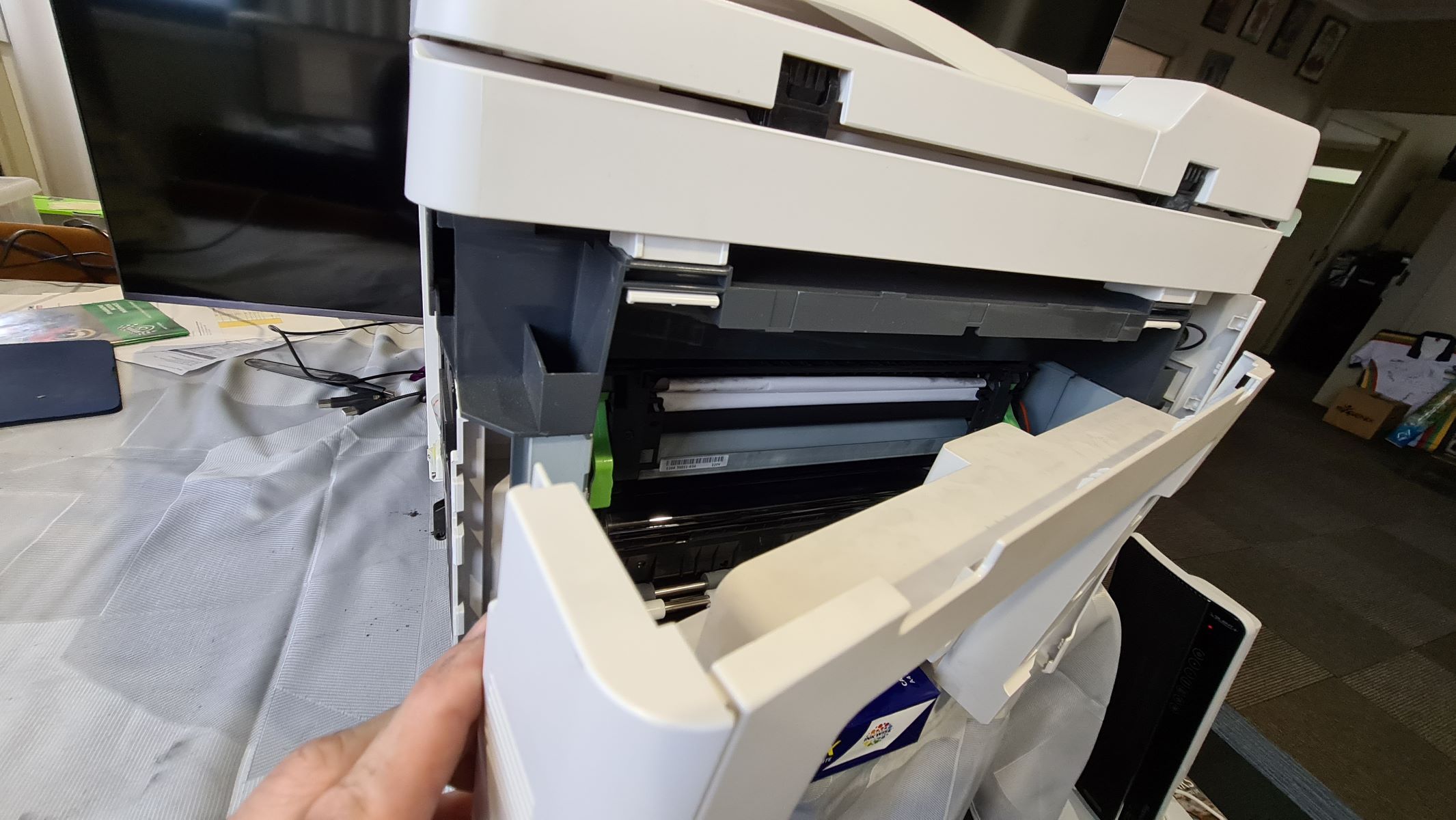

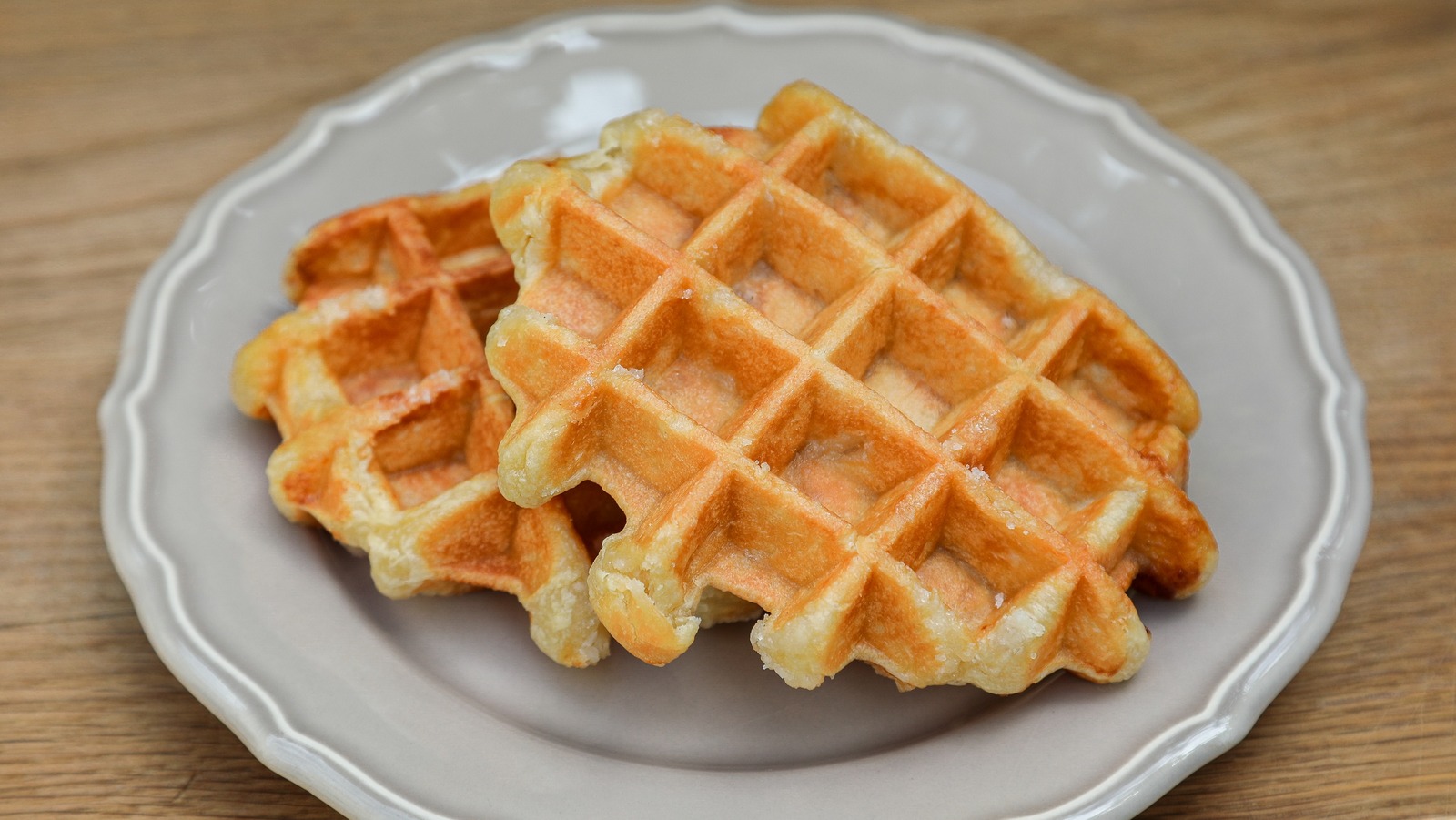

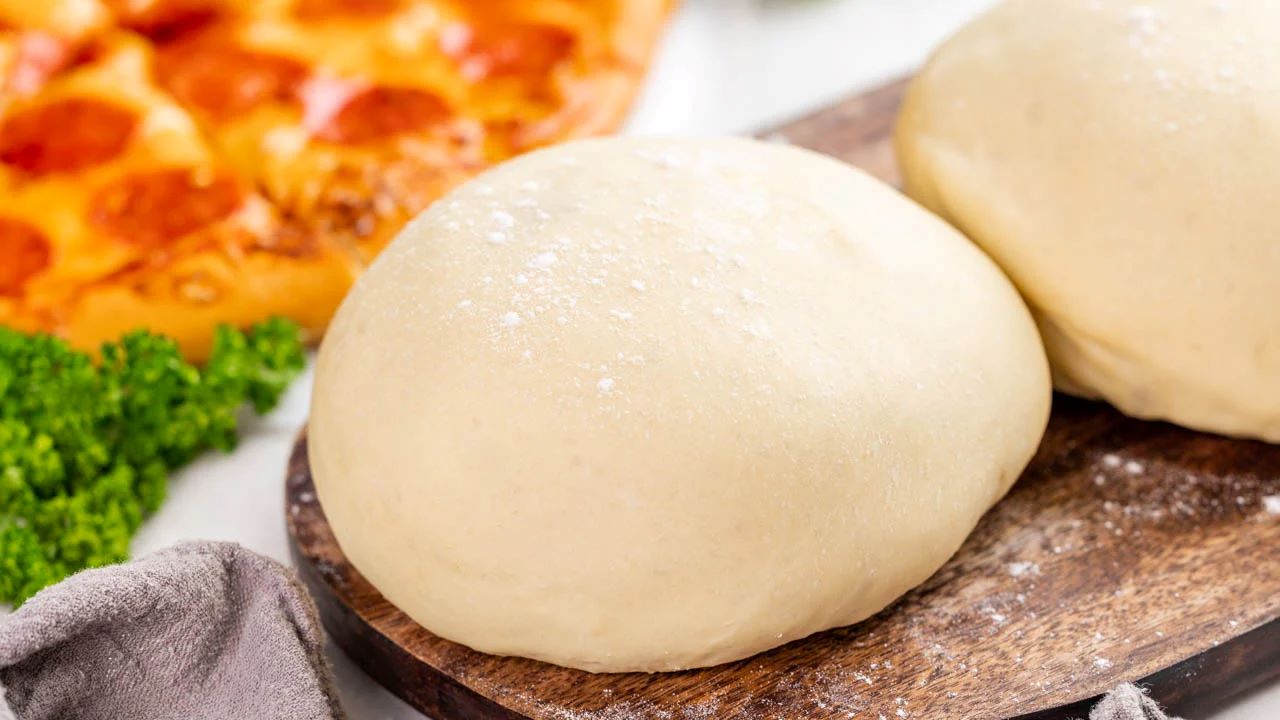
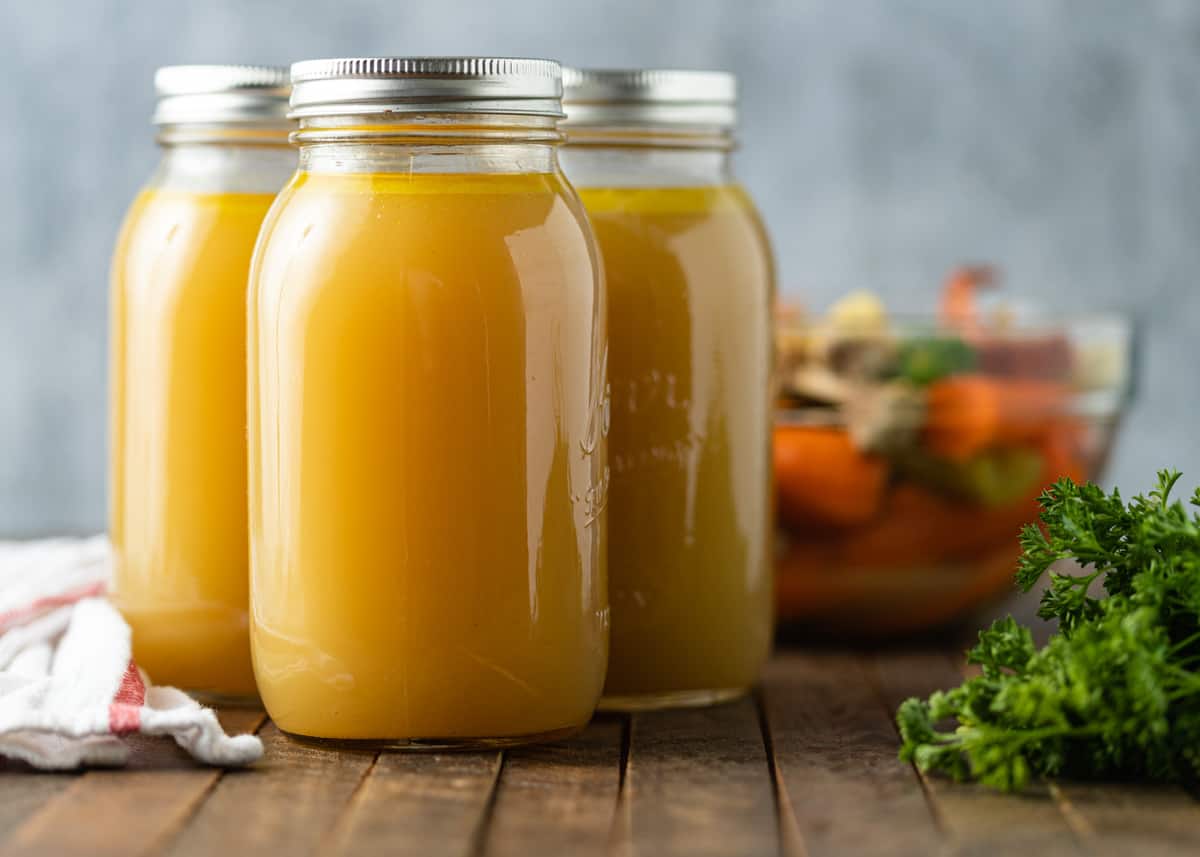

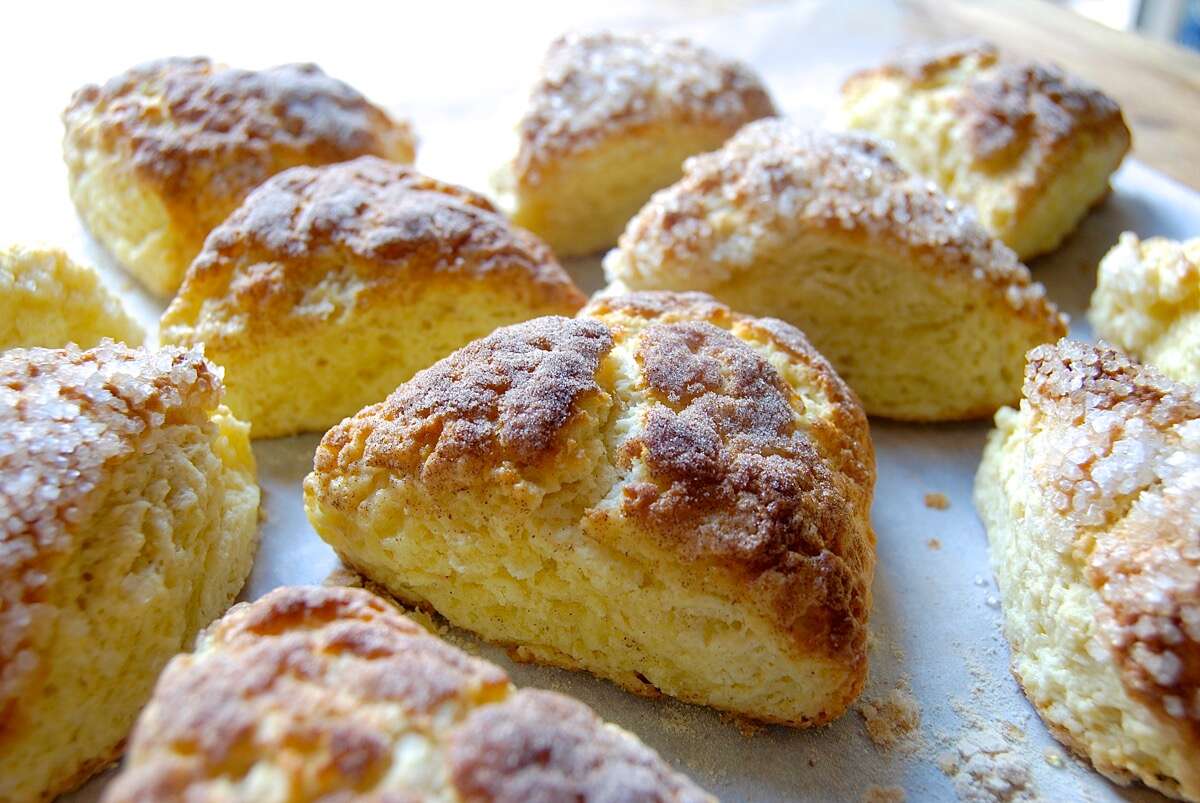
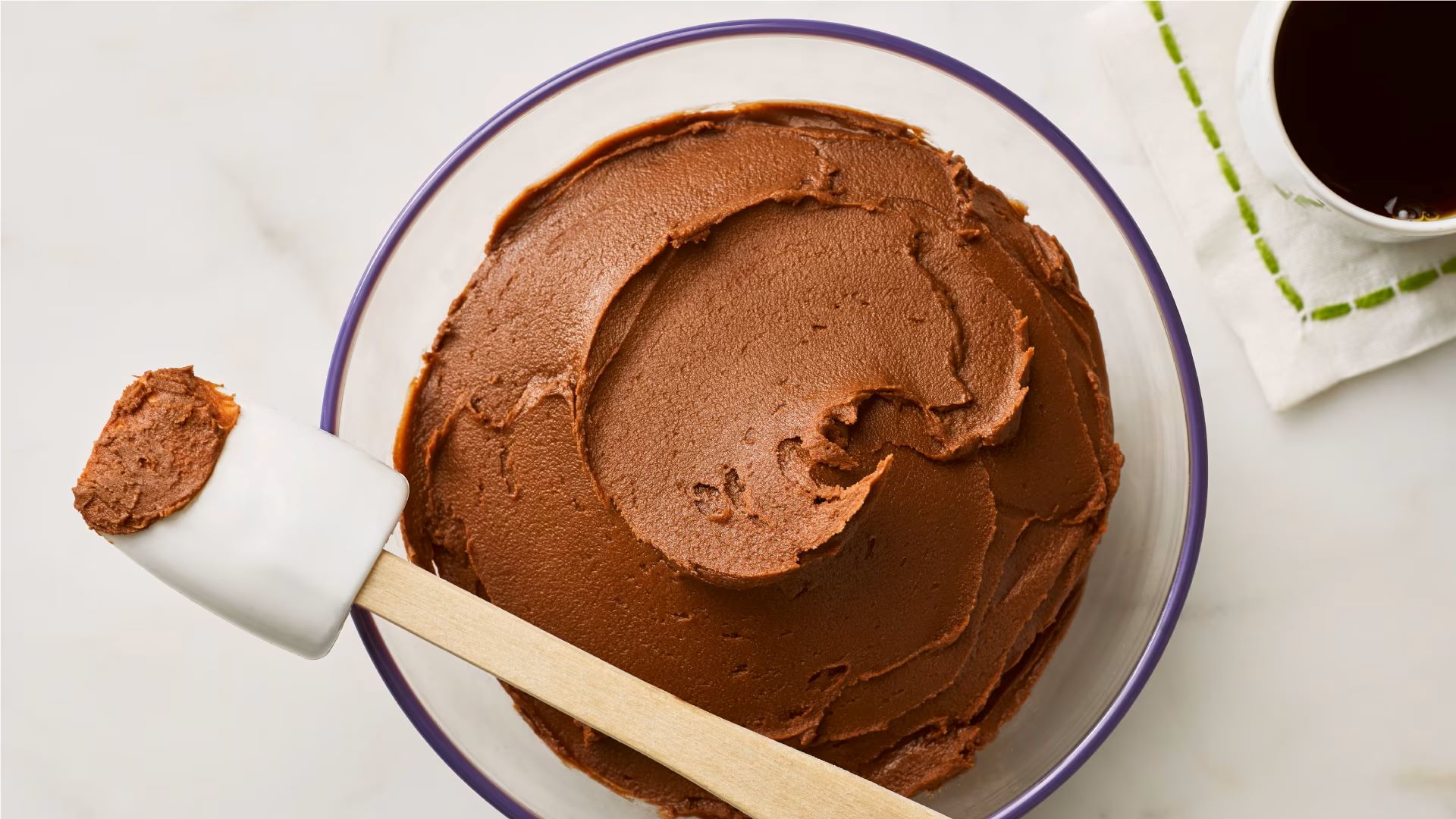
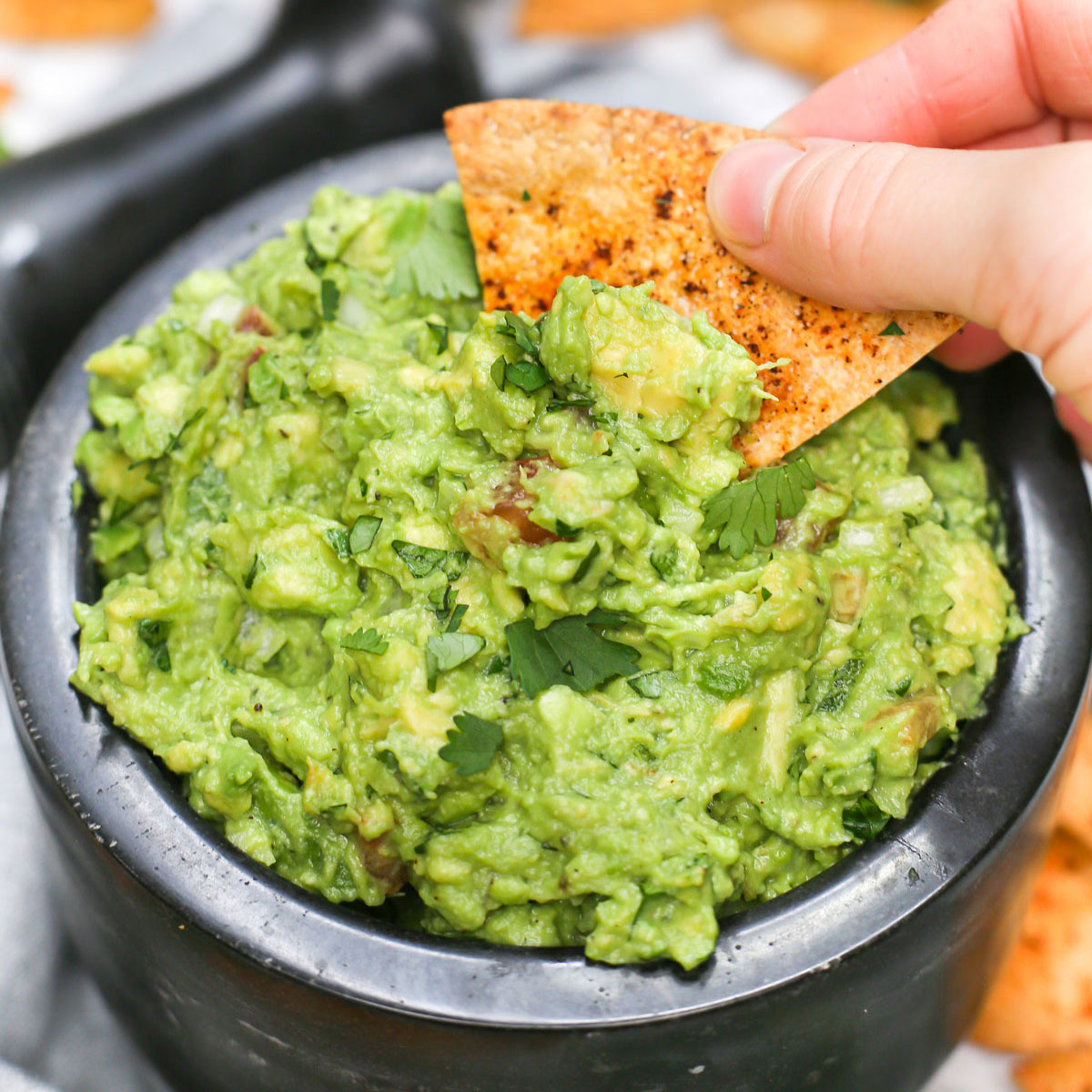
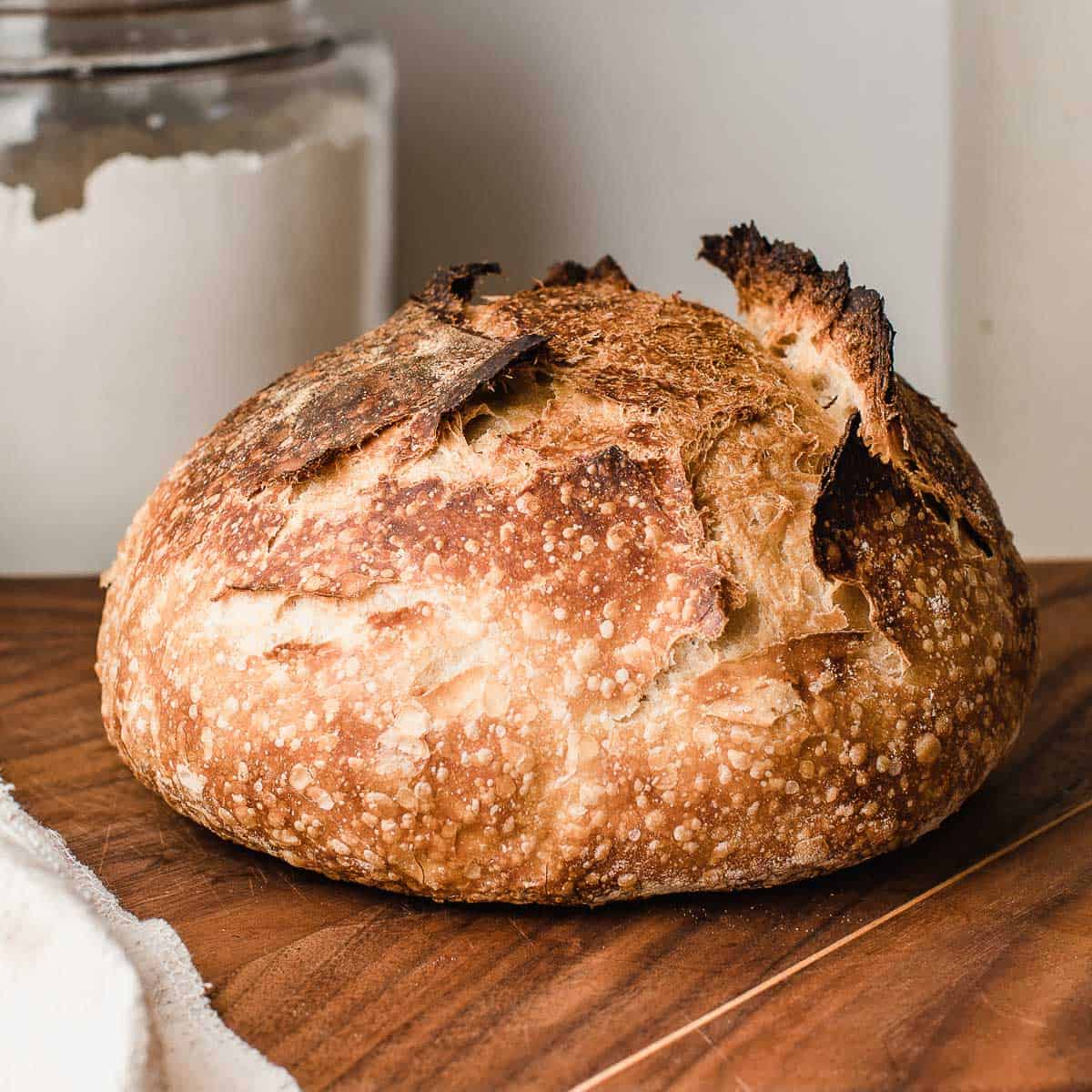


0 thoughts on “How To Store Homemade Jam”